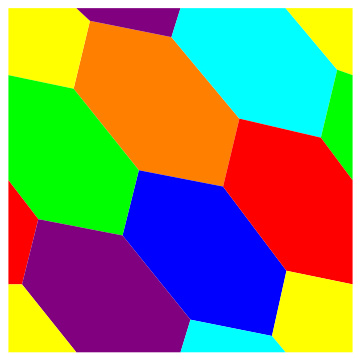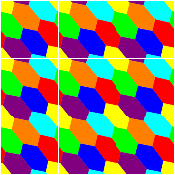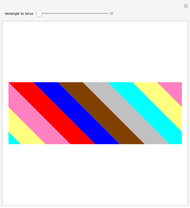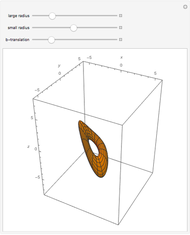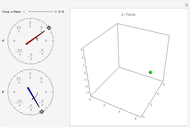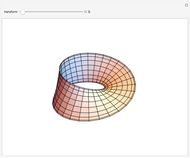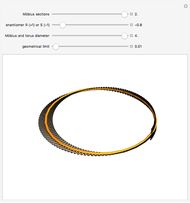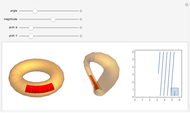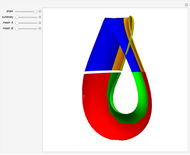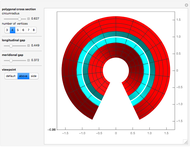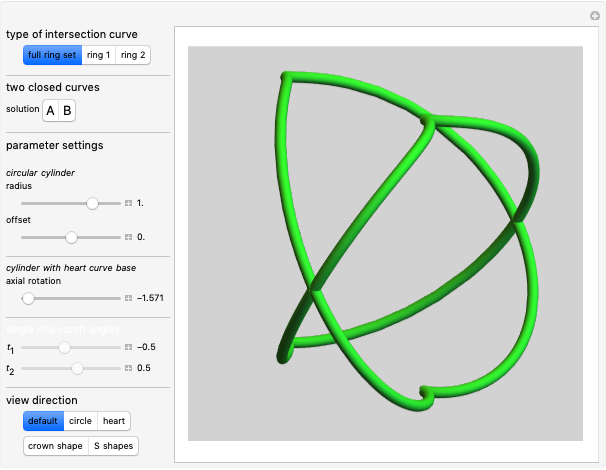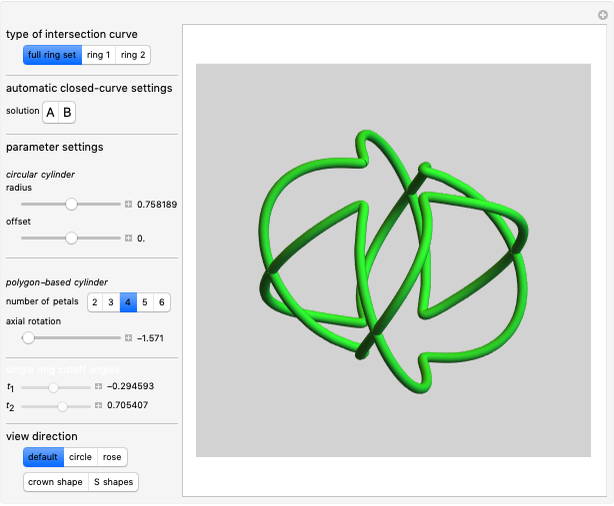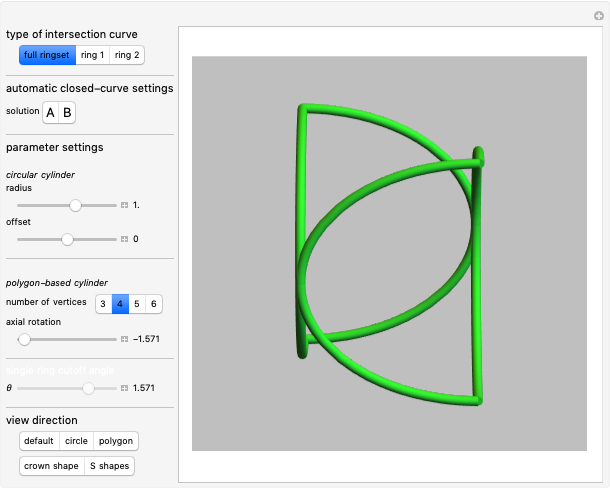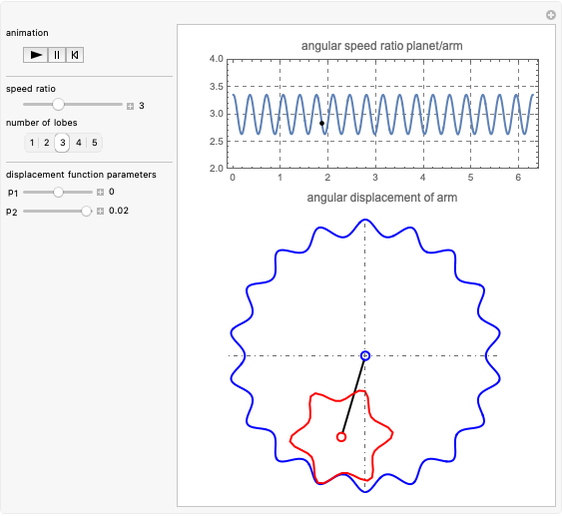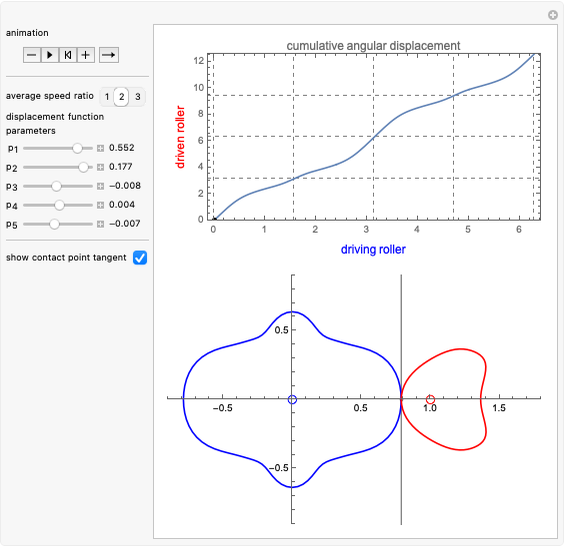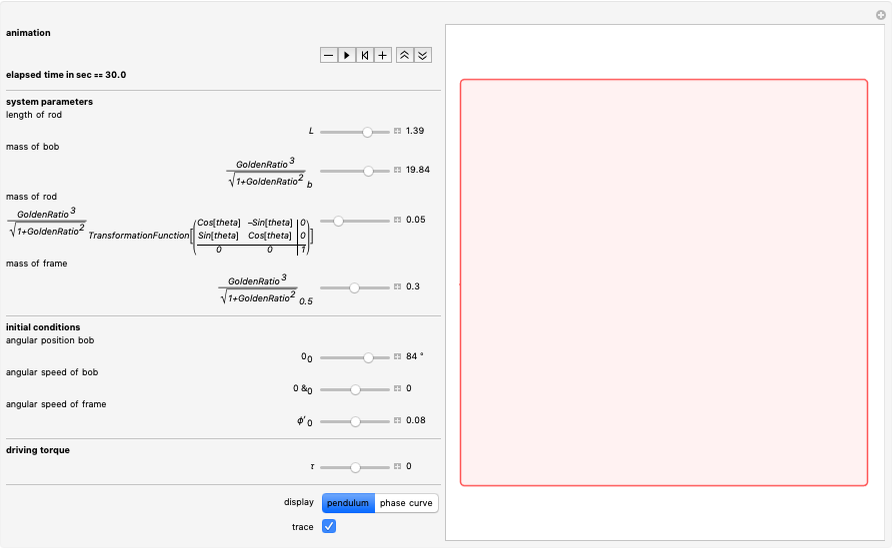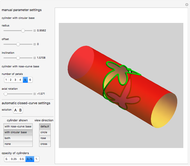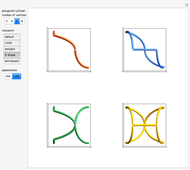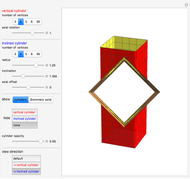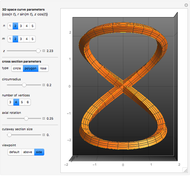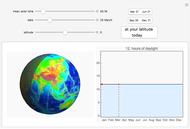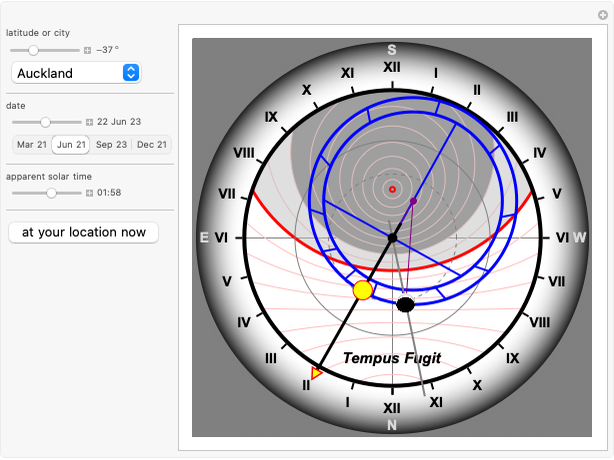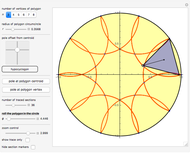Map Coloring on a Torus

Requires a Wolfram Notebook System
Interact on desktop, mobile and cloud with the free Wolfram Player or other Wolfram Language products.
Heawood proved that seven colors are sufficient to color a map on the surface of a torus so that no two bordering areas share the same color.
[more]
Contributed by: Erik Mahieu (July 2012)
Open content licensed under CC BY-NC-SA
Snapshots
Details
The hex pattern used in this Demonstration was adapted from [1].
The tile pattern used is based on [2].
For an extensive study about map coloring on a torus, see [3].
For a different pattern used for seven-coloring a torus, see [4].
References
[1] Wikipedia. "Heawood Conjecture." (Jul 17, 2012) en.wikipedia.org/wiki/Heawood_conjecture.
[2] Wikipedia. "Torus with Seven Colors." (Jul 17, 2010) commons.wikimedia.org/wiki/File:Torus_with _seven _colours.svg.
[3] John Leech, "Seven Region Maps on a Torus," The Mathematical Gazette, 39(328), 1955 pp. 102–105. www.jstor.org/stable/3609970.
[4] Izidor Hafner. "Seven-Coloring of a Torus" from the Wolfram Demonstrations Project—A Wolfram Web Resource. demonstrations.wolfram.com/SevenColoringOfATorus.
Permanent Citation
"Map Coloring on a Torus"
http://demonstrations.wolfram.com/MapColoringOnATorus/
Wolfram Demonstrations Project
Published: July 18 2012
